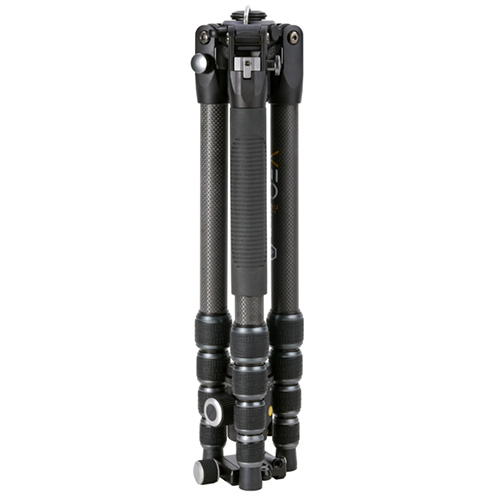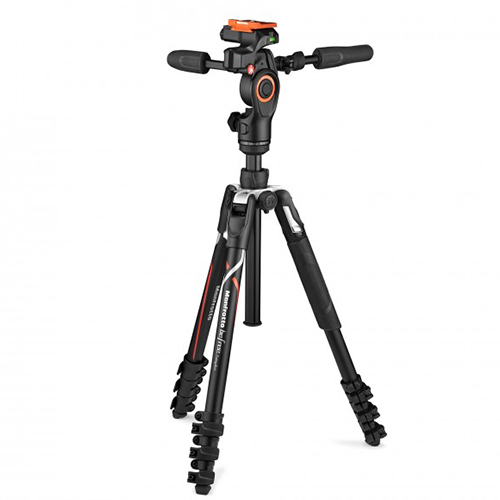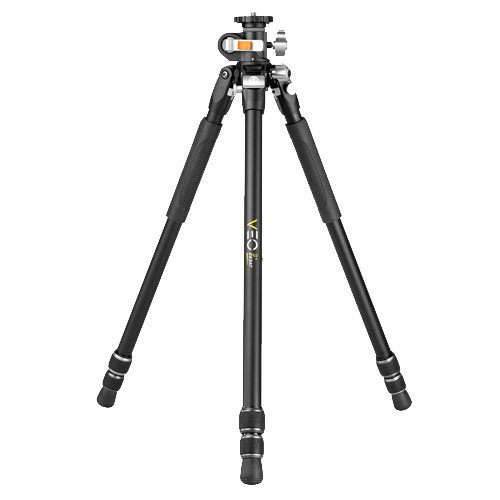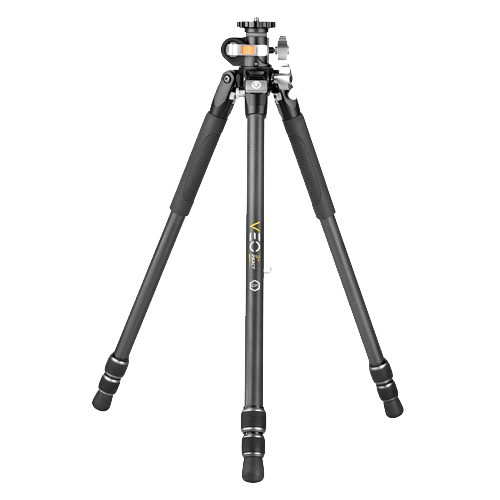What to look for in a tripod
If you want to get more serious about landscape, still life or macro photography, a tripod is essential. The main benefit it brings is the ability to get sharp images when shooting at slow shutter speeds, so you can use low sensitivity settings and small apertures even in low light. You’ll also be able to explore new creative opportunities and shoot very long exposures at night or when using a neutral density filter during the day.
At first, you might resent the fact that a tripod also slows you down a little, but it doesn’t take long to realise that this is a benefit as well – your photography will become more considered, which should mean your compositions improve.
With so many tripods on the market it can be hard to choose the right one, so here are a few pointers.
Construction
High-quality tripod legs are usually made from aluminium or carbon fibre. Aluminium legs are usually more rigid and will hold your camera a little steadier, but it also makes the tripod heavier. Carbon fibre is lighter, making the tripod easier to carry, but it’s also more expensive than aluminium. It’s up to you! You can see all our tripod materials here >
If you’re looking for a tripod to use at home, weight isn’t a major issue – so go for a good, solid aluminium set of legs. However, if you want to walk to landscape locations, you may want to consider getting something that’s a little lighter weight. Bear in mind, however, that the lighter the legs are, the less stable they will be. It’s a question of finding the right balance.
Keep an eye open for a hook on the end of the centre column, or on the tripod shoulders as this can be used to hang a weight (your camera bag, for example) which will help to keep the tripod steady.
Most tripod manufacturers make a range of tripods that are specifically designed for travel. They are lighter than the standard range and pack down smaller so they can be squeezed into a suitcase. They’re a useful option for holidays, but they don’t usually have the same stability or height range as a standard tripod.
Nice legs
Most tripod legs are telescopic, with sections that extend to enable the height of the tripod head to be raised. The legs often have three or four sections, sometimes five. Generally speaking, the greater the number of sections, the smaller the tripod will pack down, making it easier to transport. However, keep in mind that the bottom section may be quite slender and wobbly. Also, having more sections means there are more leg-locks and this can increase weight.
Check the height that the tripod extends to: you want a comfortable working height for ‘general’ photography, and ideally a range that lets you shoot at both high and low levels.
Tripod legs have either twist or clip locks. Both have pros and cons. Clip locks are quick to use and you can see if they are open, but they tend to be bulkier than twist locks. Meanwhile, it’s hard to tell if twist locks are open or closed but they take up less room in your bag/suitcase.
Clip locks can loosen over time, so if you opt for them make sure that they can be tightened.


Manfrotto Befree 3 Way Live Advanced Tripod - with Clip-Lock Legs
Clever features
Some tripods allow you to remove the centre column and/or leg to create a monopod, which saves you from buying a separate monopod. Others have a centre column that can be spilt or reversed for very low-level shooting. And some have a column that can be tipped horizontally, which can be useful if you can’t get the top of the legs very close to the subject.
Get a-head
Some tripods are sold as a kit with a tripod head (the bit that connects to your camera) while some legs and heads are sold separately.
Ball heads give lots of freedom of movement and are quick to adjust and useful for a wide range of photography, especially if you want to shoot at all sorts of angles, but they can be tricky to keep level. Three-way heads are a bit slower to use than ball-heads, but you can adjust them in three separate directions, which means if you’ve locked horizon level, you won’t move it off-kilter when you tip the camera up or down. View all our Tripod Heads here >
- By Matthew Ward
- 7 Oct 2016





































































